Happy new moon in Virgo!
Today I thought I would start with the nature pages I wrote after a quick walk over the heath two evenings ago. The idea with these pages is just to write two sides without thinking about it or stopping, but I must admit I completely broke my own rule and wrote about five! As ever, the walk was a reminder that it’s always worth it; you would think that traversing the same few lanes and paths that there would be nothing new to see, but how wrong you would be :)
The bronzed beauty of September sycamore keys.
It’s late afternoon. When the day has been warm and the cottage has held the heat, it always feels as if there can’t possibly be a nip in the air come evening. But there is. Well, it is mid September. Although the sky is blue, the sun is already low and the hedges on either side cast ever lengthening shadows.
The first things I notice are the rosehips and haws, both redder than last time I passed this way. When they were still green I hadn’t even realised the hips had formed but now here they are, bobbing on slender stems like smooth oval droplets of the season’s blood. I think of the Cen rune: fire, a torch, and by one reckoning the rune for late September. It means ‘knowing’, a steady flame which brings clarity or perhaps a sudden blaze like fire catching hold of a pine log in a shower of resinous sparks. Perhaps September is like that too.
The scent, though. That hasn’t passed me by. I don’t remember a year like it. The first blackberries, huge and fleshy, ripened so early that they quickly collapsed under the weight of their own juices. So many swollen membranes pushed beyond endurance before I’d even thought to look for them, while others in the cluster were still green or just beginning to take on a tint. Add to that the throbbing sun pouring out its rays and the result is the most extraordinary perfume. ‘Intoxicating’ may be a cliche but in this case it’s literally true. The wild yeasts have danced with the juice and created a dark earthy blackberry wine. A libation to lace the briars and toast the tarmac, its fragrance hanging heavy over the lane.
That perfume floats into my nostrils the moment I leave my yard and turn for the heath, like putting your nose into a glass of honeyed shiraz. So deep and wild you could drown in it, but you would die in bliss.
The autumnal nip lends a secondary note that’s new. The dampness of decay working away underneath everything. Foliage tipping over, shrivelling almost imperceptibly while momentum builds behind the scenes. Soon the bracken will be tipped with bronze.
Conkers and cases in the lane, 14 September 2022 (hardly any this year!)
A flash of reddy-brown, the kick of a leg or the white flick of a raised tail all tell me that muntjacs are darting around the edges of the heath between the tangled stems.
I hear a buzzard, but its tone tells me that all is not easeful. I sense distress. I look up into the blue, over the carefully-managed meadow, and see a buzzard being chased by crows. Its call is typical buzzard but with sad and lonely undertones. As the three or four crows veer away, congratulating themselves on having banished the scapegoat from their bit of sky, one of them laughs. The buzzard flaps heavily over the rooftops and is gone - for now.
More blackberries as I turn the corner, and testing one between my thumb and forefinger I’m reassured that I’ll still be able to fill my colander when I remember to take it. My kind neighbour - the one with the manicured meadow - also has fruit trees tucked away somewhere out of sight and recently brought me a bag of firm, long Conference pears, crisp eaters and gigantic Bramley cookers - a joy to nestle between widely cupped hands. These, with the last foraged blackberries, will be turned into a crumble and simmered and dripped into a clear bramble jelly. It’s an annual treat I look forward to the moment the last spoonful is scraped from the bottom of the jar.
I walk down to the stream, feeling a need to make the whole circuit. The farmer seems to play randomly with the water level, opening and closing sluices until the reeds don’t know whether they’re coming or going. I don’t linger, but head back for the gap in the trees that leads between bracken and birch onto the heath. This, too, has lost some of its sparkle for me since the Round-up incident early in the year. Large swathes are still bare, although at least the heather eventually came through to spread its pink and purple fingers wherever it could find un-poisoned earth.
A few gorse bushes are clothed in yellow, though most have only dry husks to show where gold has blazed. I find myself wondering whether they take it in turns to light up or decide between them which of their number should remain clothed at any one time to fulfil the old saying: ‘When the gorse is in flower, kissing’s in season’.
I managed to find these gorse flowers on the heath for a mandala in February.
Up ahead on the path I spot another flash of rusty red and white, but this time it feels different. Too bright for a muntjac and not quite the right shape. It’s too far away to be sure, so I rely on body language. The animal - for I’m certain it’s a quadruped rather than a bird - is facing me and I can see its head and neck arching up and down as though trying to work out what I am and whether I’m a threat. I freeze, and find that I’m holding my breath too. I think I know which species my fellow heath-walker belongs to, and I get the evidence I need when he turns across the path and slides into the thicket, bushy tail tipped with white streaming generously behind.
I’ve often sniffed fox musk between the knotted roots and witnessed the tunnels and trails, but never before have I come face to face with Reynard himself. Of course, by the time I reach the spot where he insinuated himself between the twists and spikes into one of his trampled holloways there’s absolutely no movement; not a rustle. I won’t say there’s no clue though, as the musk across the track forms a path so pungent as to be almost visible.
Time to go to earth myself, and pull closed the door.
From my nature journal, 13 September 2023
Virgo Moon and Ritual
I’m not an astrologer, but have been looking into what this new cycle might mean for us all energetically, over and above what we can ‘feel’ as we immerse ourselves in the changing season.
There seems to be a consensus that this new moon in Virgo is about the little things that turn out to be the building blocks to the big ones. Virgo inspires us to make long-lasting commitments through our intentions. What do you want your life to look like in five or ten years? What can you do today to help you get there?
The small things you do each day with intent become rituals in your life. How you wake in the morning can be a ritual. Having a pot of tea or cafetiere of coffee can be a ritual. Journalling can be a ritual. These rituals become the foundation for your intentions to grow on and bear fruit. They keep the fire of your dreams burning long after the new moon has waxed and waned again.
Rituals also help us define the passing of time. Virgo reminds us that our time is finite and that we must treat it as a precious resource, but equally we are not in a rush to reach our destination. Rituals can help us to slowly manifest our visions, and to realise that the journey to our dreams is just as fulfilling as their achievement. When we work in this way we create a strong foundation that will not waver when we encounter distraction or adversity.
The coffee ritual.
The smell of heaped-up blackberries in a bowl;
I am caught, small, in a rough dusty lane
leading to pinewoods, to a shining lake,
and the burnt house on the hill.
Hot full September smell; years beyond years
polish the ripening woods to gold, to falls
of chestnuts by the school, clutches of sudden
mushrooms (Do Not Touch) and scarlet
hawthorn, evening fires, and blackberries.
The trouble we had to pick them! Scrambling
up banks and over fences, into rotting ditches,
stung, scratched, tousled, burred -
yet spurred on by the purple on our tongues
and promised heaps of sweetness.
We trampled secret ways to the best clumps
through willow-herb and nettles, crouched
in a den with arching thorny stems
above us, counting our store.
That powerful, smoky fragrance. Those big
ripe berries, soft with sour blood
I sucked from my reddened fingers.
Brambles and brambles, season after season
straggle and tangle, whip out new shoots
to flower and fruit. Each year
whole families desert their cars to look
at hedgerows and waste thickets, reach
into thorns for pleasure. The plain sight
of blackberries is irresistible. It wakes
our stone-age lust for scrounging, scrumping, till
we seem to be on nature’s side again,
drawn in, intoxicated; while the dark
juices of memory ferment and rise
and I, by a ruined house, gather my treasure.
Hilary Llewellyn-Williams, ‘Bramble/Vine’ from The Tree Calendar
Wild blackberries in the lane, 14 September 2022.
Two River Song Stories from Two Years Ago
13 September 2021
Yesterday afternoon I made the exciting discovery of an old, unopened jar of Star Child autumn equinox incense in my cupboard. Of course I had to take it down to the Hundred Stream for a quick photo shoot, especially as I’d been meaning to experiment with burning incense in an empty River Song vessel. My usual incense burner is a full size replica of a Bronze Age beaker made by an archaeologist friend, so I was hopeful that the beaker-inspired but much smaller River Song pot would prove to be a good shape for reusing like this.
I had a lovely time in the afternoon sunshine, playing with matches and charcoal and the evocative, sweet, thrilling-rotten scent that curled and hissed its way into the September air and drifted through the reeds. I was very close to a public footpath but it was a quiet afternoon and no one questioned my unusual behaviour.
It’s always important to burn charcoal on a bed of something like earth or sand to avoid contact with the base of any vessel. Before leaving for the stream I ran down the garden for a handful of homemade compost, realising as I did so that even this tiny detail was part of River Song’s story. After all, what could be more appropriate to the theme of autumn than this magical material that speaks of nature’s ability to turn decaying matter into the dark and precious gold that will feed next year’s plants?
Autumn-scented smoke by the Hundred Stream, East Ruston, Norfolk. 13 September 2021.
15 September 2021
Twenty four hours ago I didn’t know the gorgeously bruised, poignant work of Nick Drake. I’d heard his name of course, but somehow over the years his music had passed me by.
All that changed last night when I received a lovely message from a friend who sent me a link to this track, ‘River Man’, suggesting that I listen to it as she felt it was the perfect complement to my River Song candles.
Reader, I fell head-over-heels in love.
Dazed with desire, I asked about Nick’s music; where best to begin my journey of discovery. My friend replied that his first album would be a fitting introduction and that its name was Five Leaves Left.
Shivers down the spine.
I had been certain that the candle pots should be stamped with five willow leaves, but could not have explained at the time how I knew five to be the right number.
Woven in the threads of River Song’s story are the five sacred trees of ancient Ireland; five encircling trees of protection echoing the placement of the five willow leaves around the belly of the vessel.
Tragically, Nick Drake died at the age of just 26. The candle pot shape was inspired by beautiful Bronze Age beakers, treasured possessions taken beyond death into the Otherworld. And everyone knows that the Otherworld is there in the circling ripples, just a flick of the stream away.
The story shifts and the waters flow on, as they always have and always will.
Five Leaves Left.
Strips of cloth dyed with willow from beside the stream to tie each River Song package.
The cloth strips could be used as ‘cloutie’ rags to send a prayer or petition. I tied this one to a willow tree by the lock gates on the canal at Honing.
Down by the otter stream. Here you can clearly see one of the five willow leaves stamped around each pot as a ring of protection.
Initiation by Dragonfly
15 September 2020
The most magical part of a golden afternoon on the Broads aboard my friends’ little boat happened when we clambered ashore at St Benet’s Abbey. Of course, the Abbey itself is no stranger to magic - a ‘thin’ place outside mundane space and time as the interpretation materials put it - but I could not have imagined in my wildest dreams what happened as we approached the mill within the medieval gate house.
In what can only be described as an initiation by dragonfly, seemingly from nowhere, more dragonflies than I have ever seen in my life danced, swooped and whirled around me unendingly. I could have stood with my arms outstretched until the sun went down.
And then, the first autumn skeins of wild geese insinuated their way across the far horizon.
Captured by my friend Chris (though you can’t see the hundreds of dragonflies!), St Benet’s Abbey, 15 September 2020.
The Last of Harvest
Anon the fields are wearing clear
And glad sounds hum in labours ear
When children halo ‘here they come’
And run to meet the harvest home
Stuck thick with boughs and thronged with boys
Who mingle loud a merry noise
Glad that the harvests end is nigh
And weary labour nearly bye
Where when they meet the stack thronged yard
Cross bunns or pence their shouts reward
Then comes the harvest supper night
Which rustics welcome with delight
When merry game and tiresome tale
And songs increasing with the ale
Their mingled uproar interpose
To crown the harvests happy close
While rural mirth that there abides
Laughs till she almost cracks her sides
John Clare, from ‘September’, The Shepherd’s Calendar
St Walstan’s Fourses Cakes
While I really wanted to share this recipe with you, I should really start by saying that if you’re from Norfolk you’ll understand why we would not readily take to a recipe named ‘Suffolk Fourses Cakes’!
Actually, fruit cakes like this would have been taken out into the fields to be eaten at harvest time whether you’re from Norfolk, Suffolk, or any other county I should imagine. After all, they are perfect fare to provide a burst of quick energy ready for the next bout of work. The Fourses part is easily explained as it has the same origin as the better known term Elevenses. Both of them come from the traditional practice at harvest time of taking mid-morning and mid-afternoon refreshments to the workers in the fields.
So, this is one of many traditional yeasted, spiced, fruited and sweetened breads and although the recipe is ‘given’ to Suffolk I am staunchly certain that our own will have been very similar, if not better (of course!). With that in mind I am renaming it for our very own Saint Walstan, linked as he is with agriculture and its associated folklore.
You might like to try it spread with some of St John the Baptist’s Wild Blackberry Jam that we made last time. A marriage, I think, made in heaven.
675g strong white flour, plus extra for dusting
1.5 teaspoons easy-blend dried yeast
Half teaspoon salt
2 teaspoons mixed ground spice
2 teaspoons sugar
175g softened butter (or vegan equivalent)
450ml warm water
175g currants
Sift the flour, yeast, salt, spice and sugar into a large bowl, then rub in the butter until it resembles breadcrumbs. Stir in the water, mix to a dough and turn out onto a floured surface. Knead for 10 mins or until smooth and elastic.
Place in a large clean bowl, cover and leave to rise for 1 - 2 hours until doubled in size.
Take it out and knead in the currants, then divide into two, shape into loaves and put each in a 450g (1lb) loaf tin. Leave to double in size again.
Preheat the oven to 200 C, Gas 6, and bake the risen loaves for 45 mins. Leave to cool for 10 mins before turning out onto a wire rack to cool completely.
Take out into the fields with a sharp knife, best butter or equivalent, and perhaps a jar of St John the Baptist’s Wild Blackberry Jam or other seasonal preserve.
Until next time.
With love, Imogen x

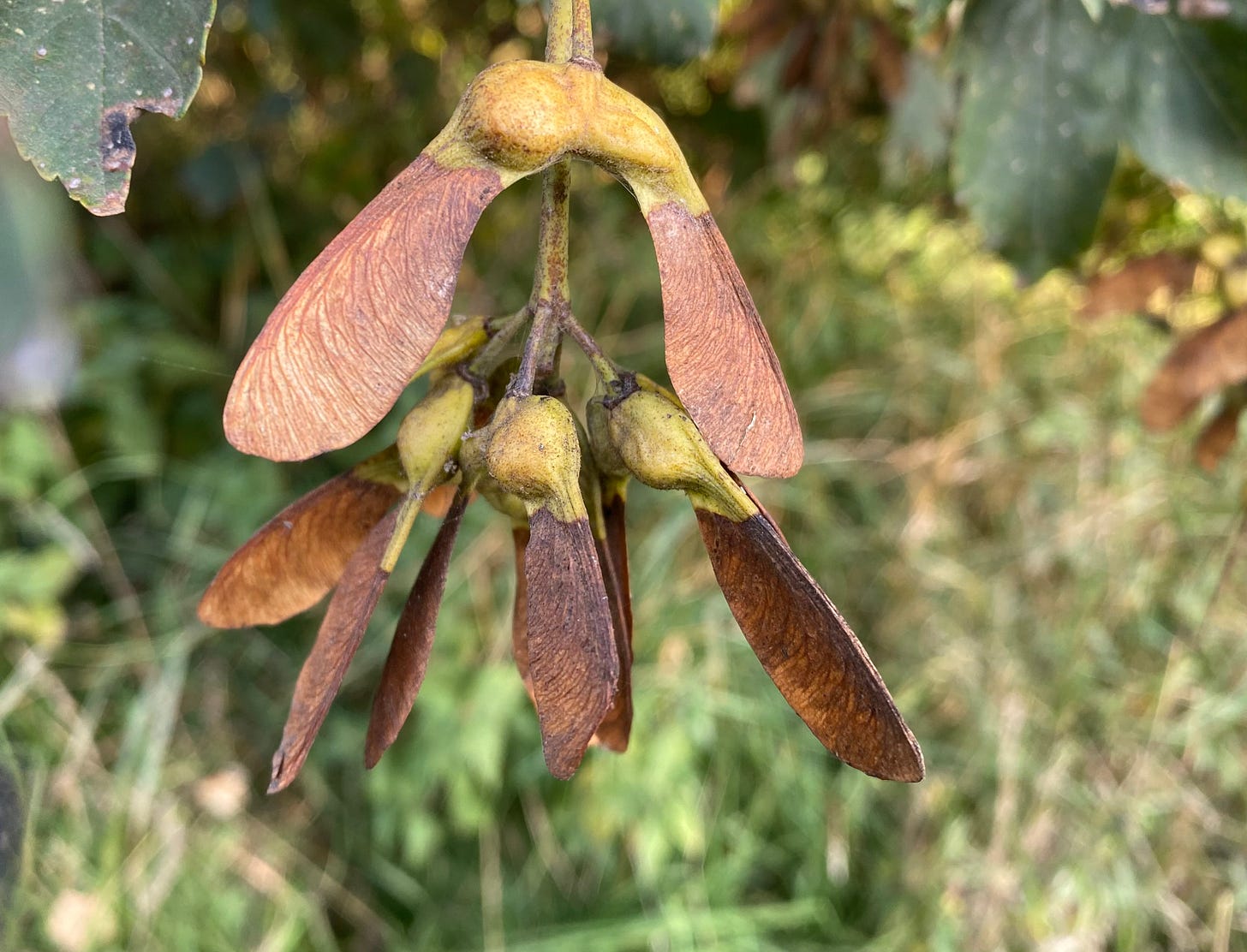
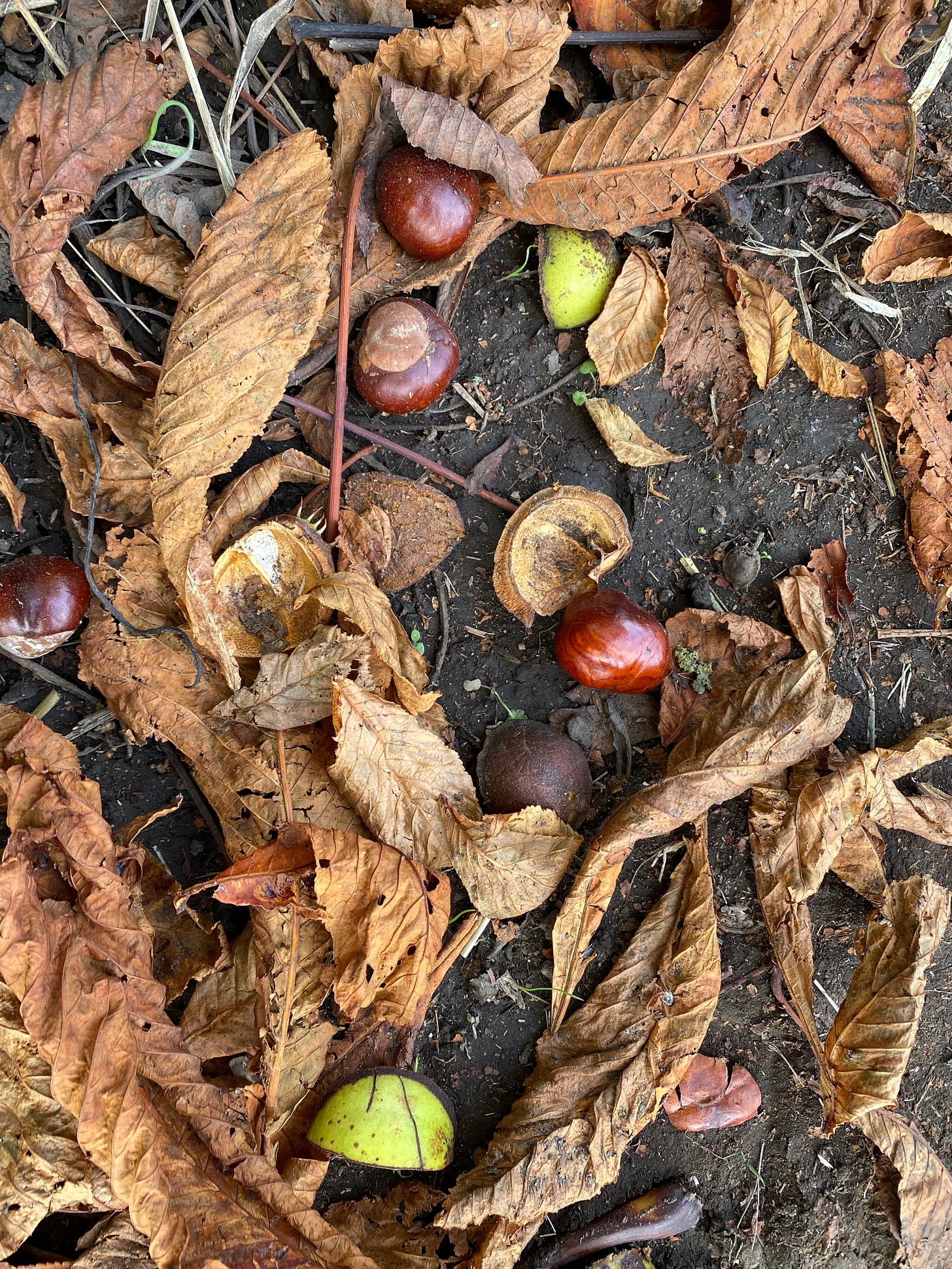

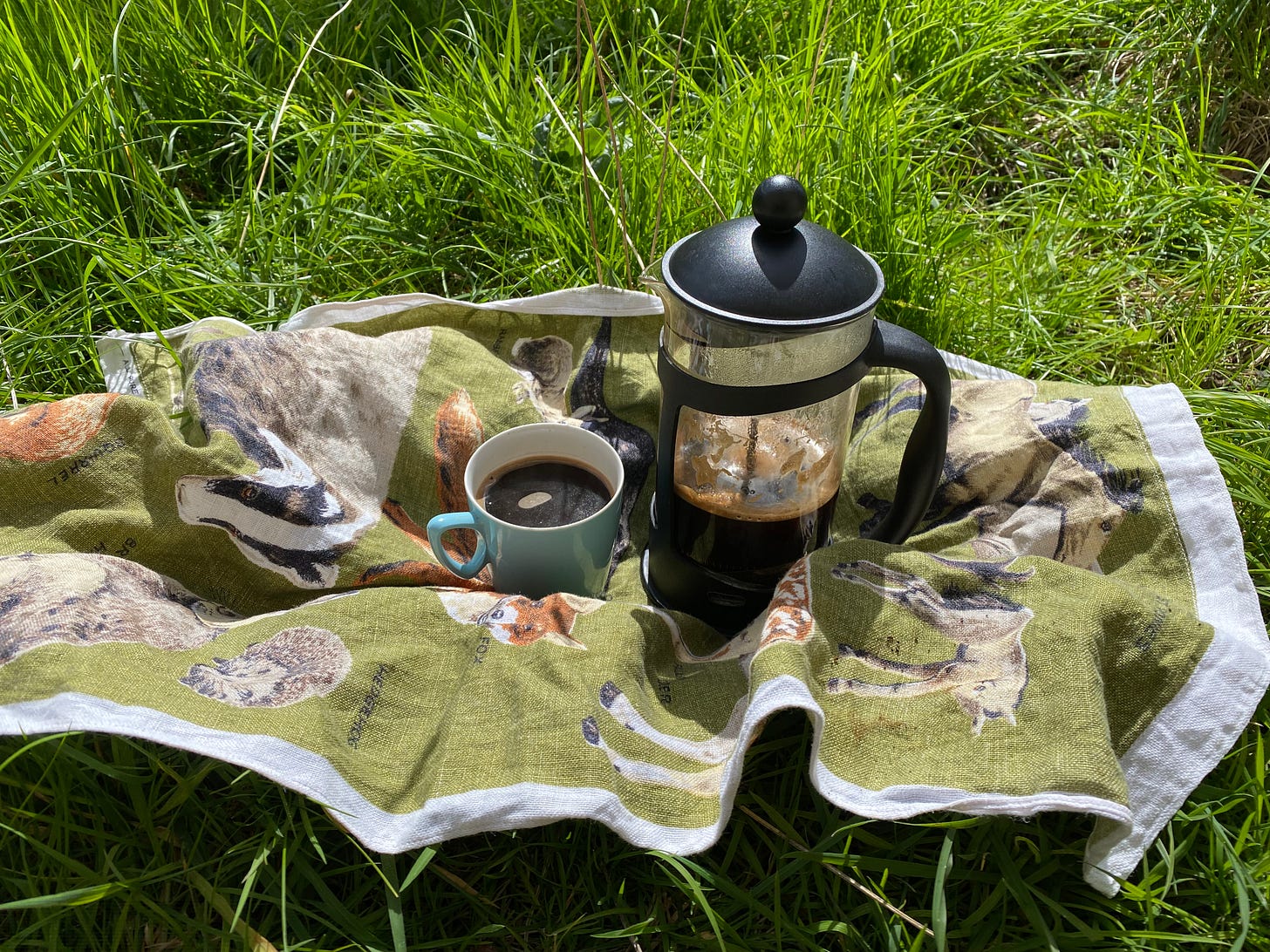


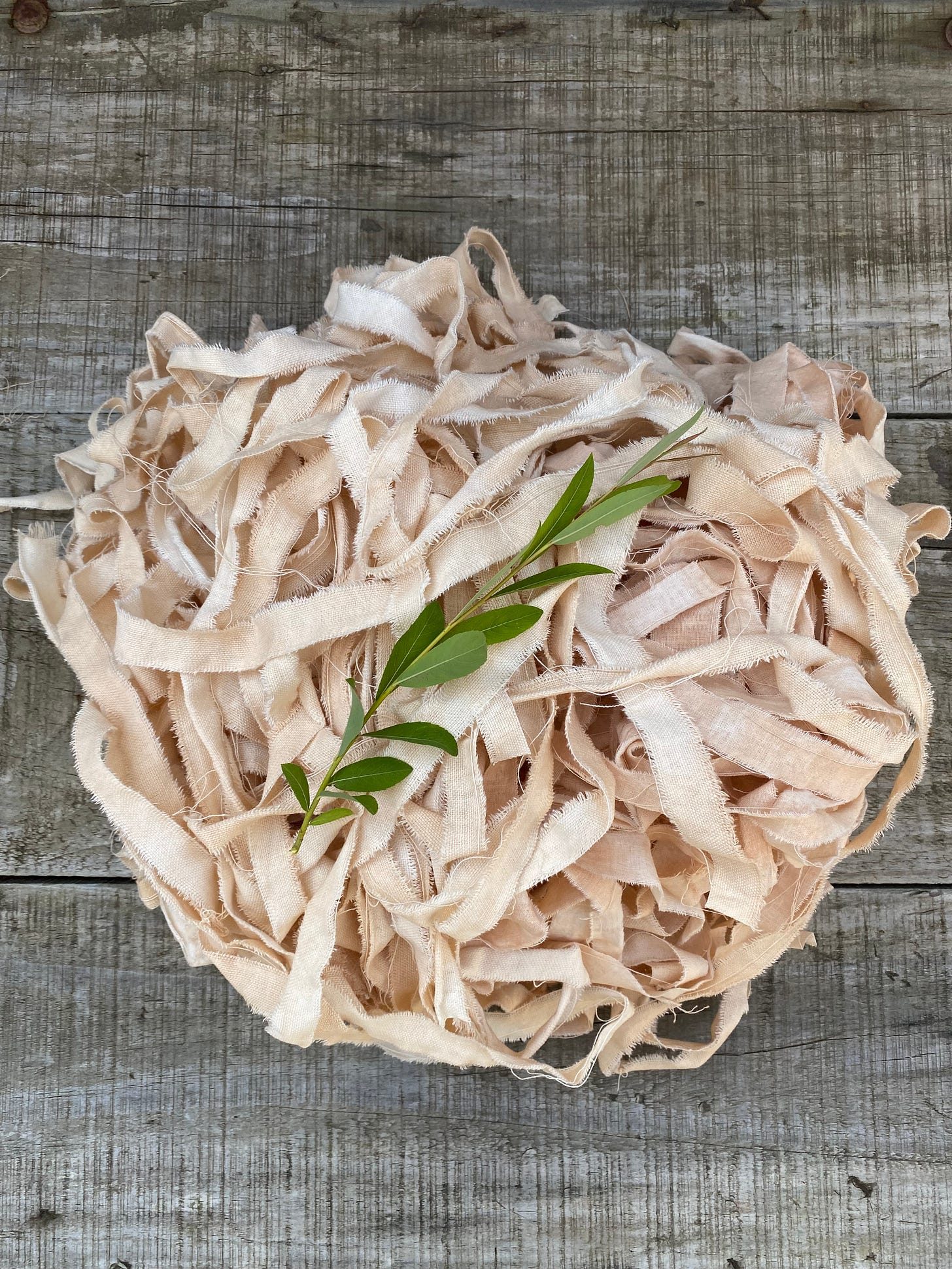
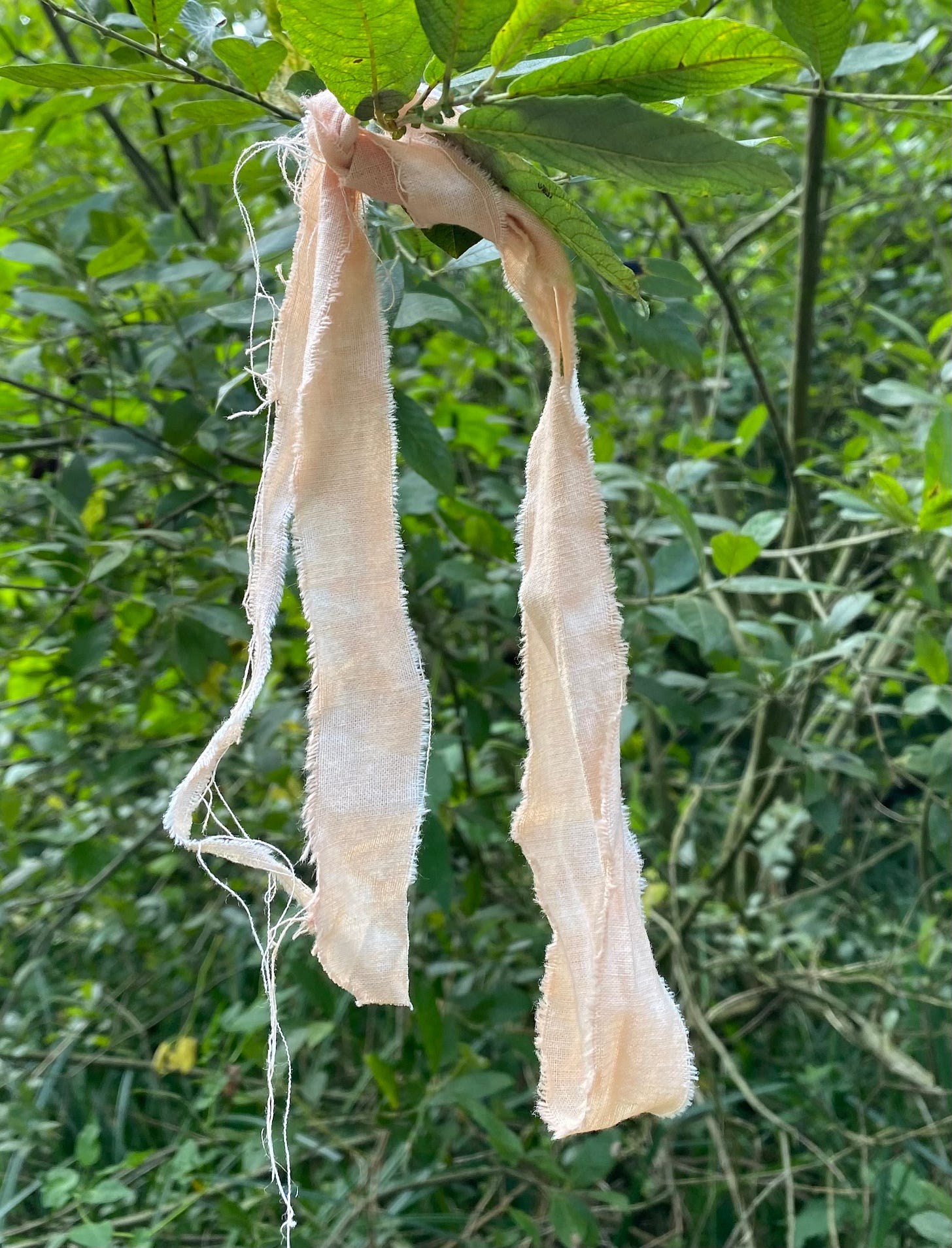


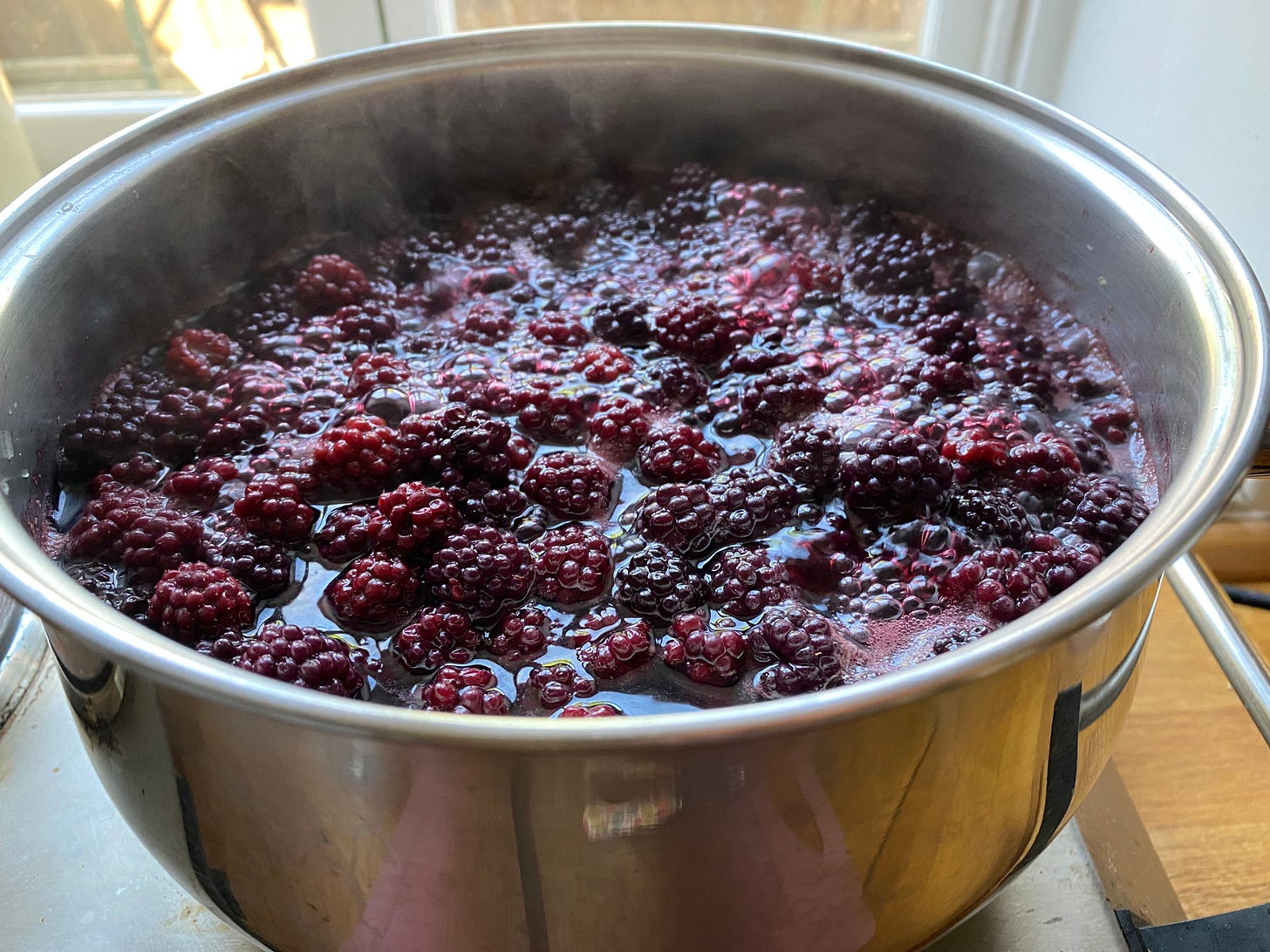
I didn’t know what a muntjac was so had to look it up! I’m learning lots as I’m reading back. It’s raining here today and it’s been blissful reading your words from the past.